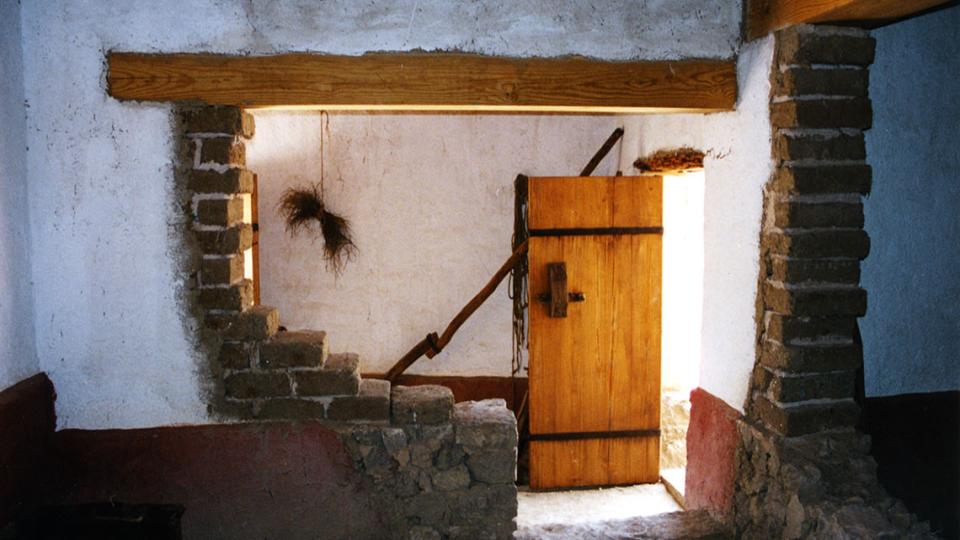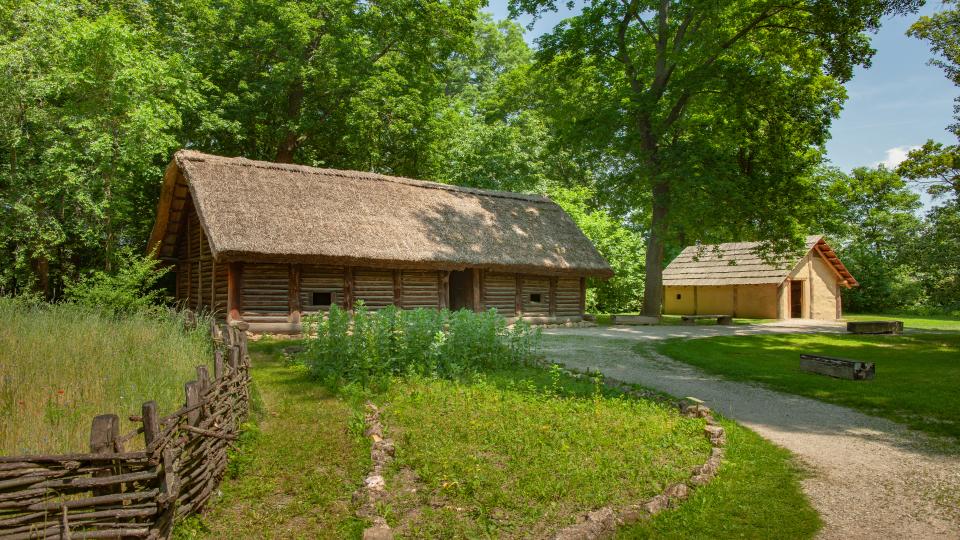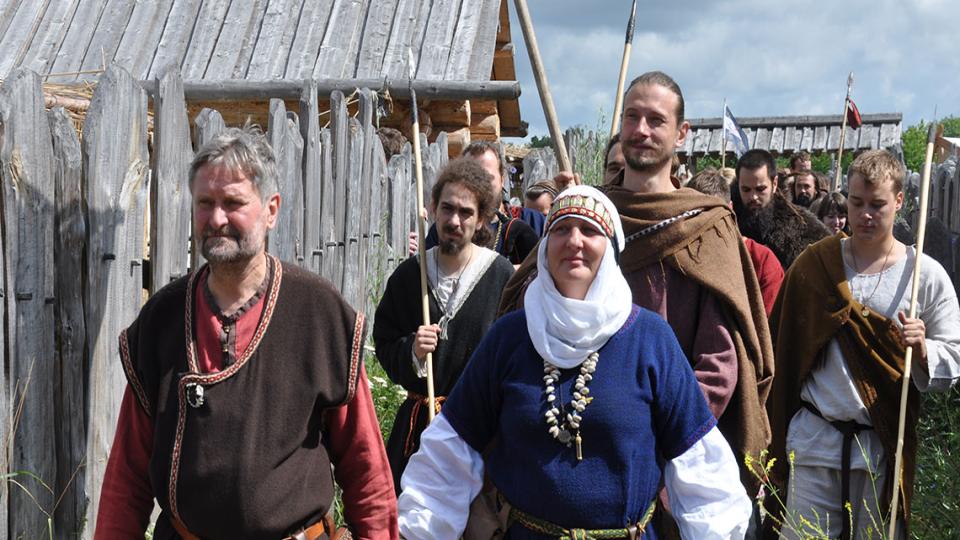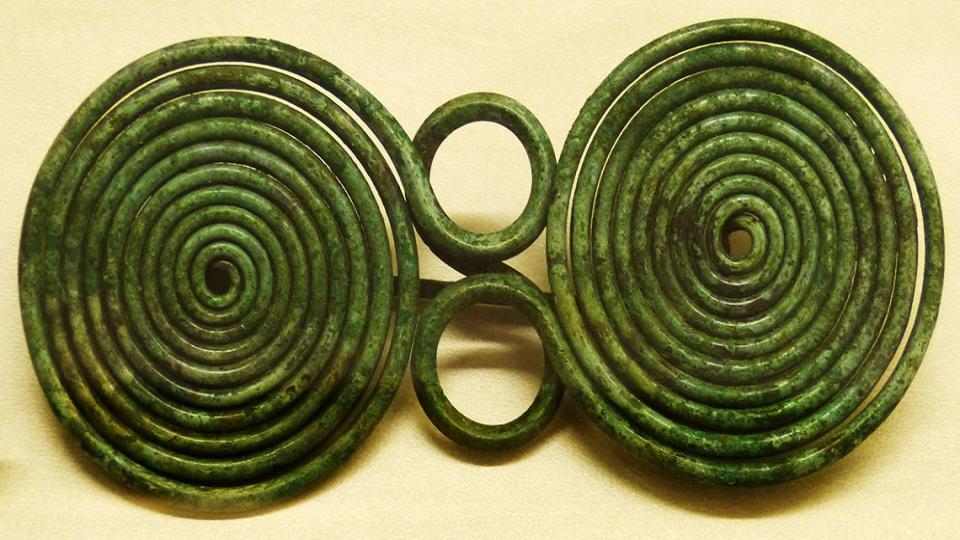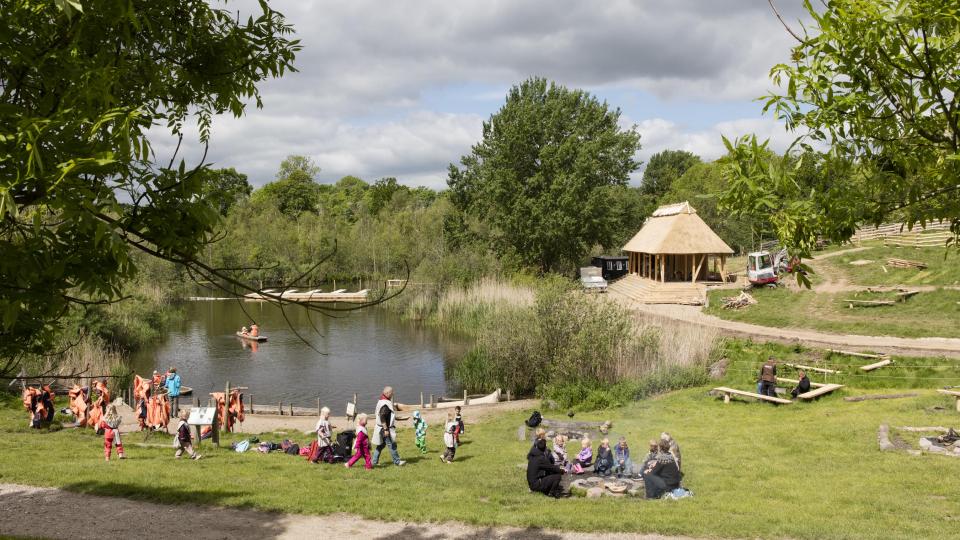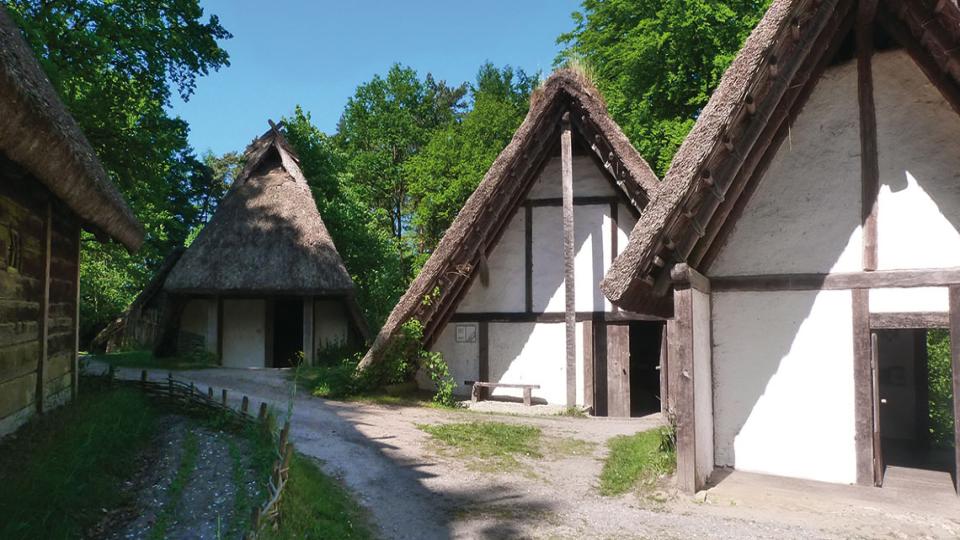Mesolithic
Where do the archaeological finds come from (CH)?
Archaeologists found the items below the present ground level during archaeological excavations. Some of the exhibits are so called 'stray finds', meaning loose finds, found by chance. Often these are objects which were found during construction works or moved to the surface by the plough of a farmer.
How many people lived in the Netherlands in prehistory (NL)?
Estimations of population numbers in the Netherlands in prehistory are based in information from ethnography, burial places, traces from settlements and many assumptions...
Museu de Prehistòria de València (ES)
The Museu de Prehistòria de València is a scientific institution dedicated to preserving, researching and disseminating the archaeological prehistoric heritage of the province of Valencia. It is a cultural resource of the Valencian society in so far it preserves his heritage; it contributes to the enhancement of its cultural level and its integral development.
MAMUZ Schloss Asparn/Zaya (AT)
Lower Austria (Niederösterreich) is located in the northeast of the country, bordering both the Czech Republic and Slovakia. It has over 1.5 million inhabitants. Vienna, the capital of Austria, is a separate state and located in the middle of Lower Austria. The state is very rich in archaeological finds, both of local and foreign production.
State Cultural Reserve of Kernave (LT)
Kernavė (Širvintos district, Lithuania) is an area of unique archaeological and historical value. In 2004 Kernavė Archaeological Site (the State Cultural Reserve of Kernavė) was declared as UNESCO World Heritage Site, thus recognizing the importance of the area according to the criteria:
- the archaeological site of Kernavė presents an exceptional testimony to the evolution of human settlements in the Baltic region over the period of some ten millennia. The property has exceptional evidence of pantheistic and Christian funeral traditions;
- the settlement patterns and the impressive hill-forts represent outstanding examples of the development of such types of structures and the history of their use in the pre-Christian era.
Prähistorische Abteilung des Naturhistorischen Museums (AT)
The Natural History Museum of Vienna holds some of the most remarkable prehistoric finds. In display halls covering 8.700² metres the visitor can travel through our planet's history, through the breathtaking diversity of nature and back to the origins of our culture.
Sagnlandet Lejre (DK)
Lejre Land of Legends near Roskilde, is the oldest open air museum in Denmark and over has for decades been am example to many. The extensive site was in the 1960s scene for an experimental archaeology village, later followed by an experiment in ethnographic education and now famous for its Iron Age scenery as well as Mesolithic, Viking Age and post medieval area.
Antiquitates - Centro di Archeologia Sperimentale (IT)
In the heart of Central Italy there is an ancient land once known with the name of “Etruria”, where you can make a journey through centuries. Located in this pristine landscape, dominated only by nature, is Antiquitates, an Archaeological Education Park and a Research Centre for Experimental Archaeology, as well as a warm and cosy Guest House where you can spend a relaxing holiday dedicated to nature, equitation and archaeology.
Araisi Ezerpils Archaeological Park (LV)
At Āraiši Ezerpils Archaeological Park you can discover and explore dwellings from Stone Age to Middle Ages. There are reconstructions of Stone Age huts and a Bronze Age building that are built according to research data from excavations in Latvia and North-Eastern Europe. The main object in is the reconstruction of a Viking Age lake settlement in its original location – on a small island in Lake Āraiši. Right next to the reconstruction, there are original Medieval castle ruins built by the Teutonic Order in the 14th century.
Archäologisches Freilichtmuseum Oerlinghausen (DE)
Southeast of Bielefeld near the Teutoburger Forrest, one finds the Archäologisches Freilichtmuseum Oerlinghausen (AFM), originally founded by the “Reichsverband für Deutsche Vorgeschichte” as a political presentation of the Germanic people. The combination of man, nature and technique is made tangible and understandable here.

